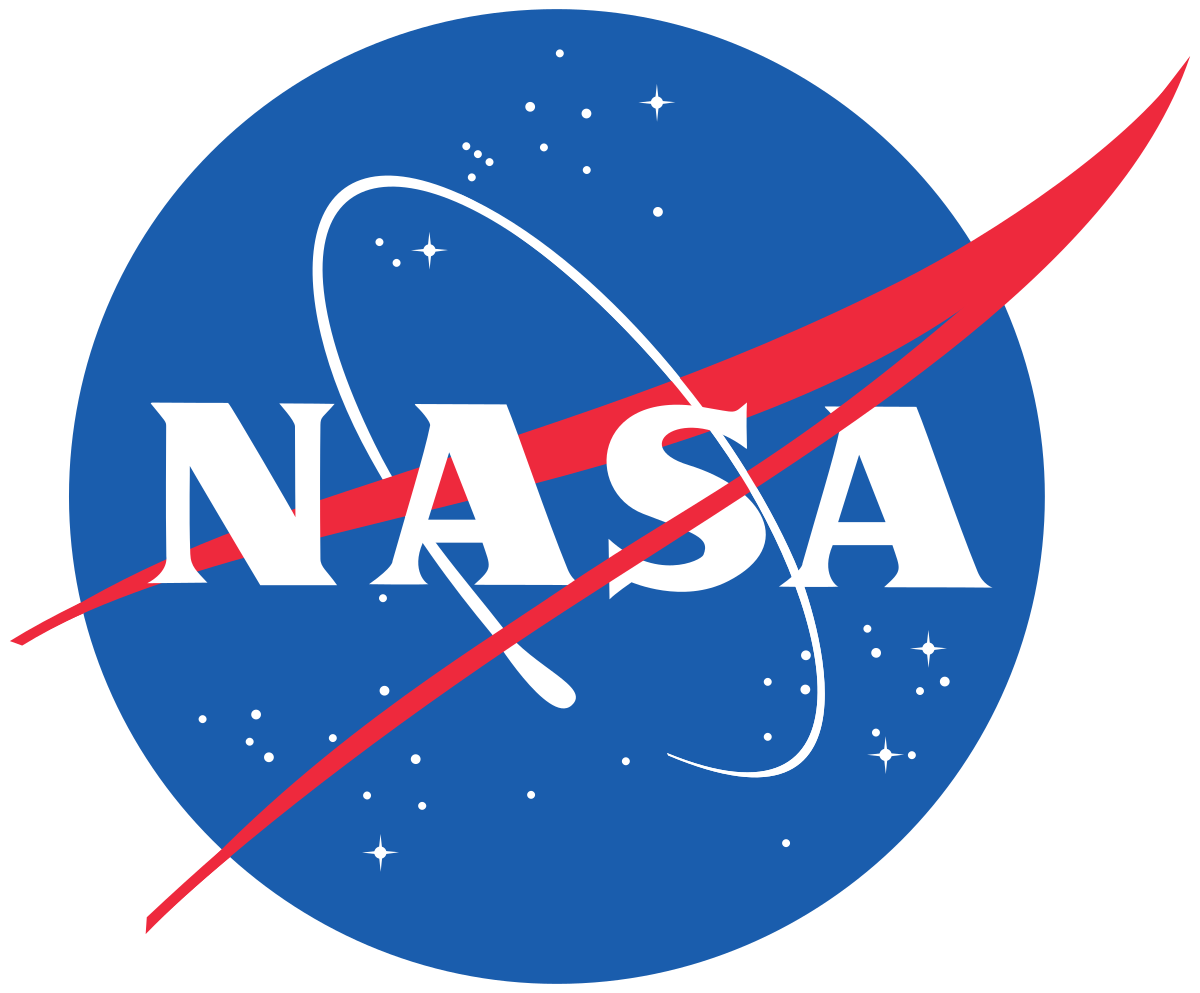NASA Innovative Advanced Concepts (NIAC) program seeks innovations from diverse and non-traditional sources. NIAC projects study innovative, technically credible, advanced concepts that could one day “change the possible” in aerospace. Here is a NAIC program from 2024.
New space missions, such as a rendezvous with a passing interstellar object, or a multi-target observing effort at the solar gravitational focus, require velocities that are well beyond conventional rocketry. Exotic solar sail approaches might allow reaching the required distant localities, but are they unable to then make the required propulsive maneuvers in deep space. Nuclear powered rockets are big and expensive systems with marginal capability to reach the location. We propose a Thin Film Isotope Nuclear Engine Rocket (TFINER) with sufficient capability to search, rendezvous and then return samples from distant and rapidly moving interstellar objects. The same technology would allow a gravitational lens telescope to be repointed so a single mission could observe numerous high-value targets.
The basic concept of TFINER is to manufacture thin sheets of a radioactive isotope and use the momentum of its decay products to generate thrust. The basic design is a approximately ten-micron thick Thorium-228 radioisotope film which undergoes alpha decay with a half-life of about two years. The decay chain cascade produces daughter products with four additional alpha emissions that have half-lives between three hundred nanoseconds and three days. Thrust is produced when one side of the thin film is coated with an approximately fifty-micron thick absorber that captures forward emissions. Multiple “stages” consisting of longer half-life isotopes such as actinium-227 can be combined to maximize the velocity for extended mission timelines.
Key differences of the concepts are:
• Cascading isotope decay chains of the Thorium cycle increases performance by about five hundred percent.
• Multiple ‘stages’ sheets of radioactive materials increase delta-V and lifetime without reducing thrust
• Thrust sheet reconfiguration enables active thrust vectoring and spacecraft maneuvers
• Substrate thermo-electrics can generate additional electrical power such as fifty kilowatts at an efficiency of one percent
• A substrate beta emitter can be used for charge neutralization or to induce a voltage bias that directs exhaust emissions and/or to exploit the outbound solar wind
Leveraging sixty-six pounds of radioisotope (comparable to that launched on previous missions) spread over three hundred square yards of area would provide more than one hundred and fifty kilometers per second of delta-V to a sixty-six pound payload. Multiple systems could be inserted into a solar escape trajectory with a single conventional launch vehicle allowing local search and rendezvous operations in the outer solar system. The TFINER system is scalable to other payloads and missions. Key advantages are:
• Ability to reach a velocity greater than sixty-two km/sec with spare capacity for rendezvous operations with objects outside the solar system including options for sample return.
• Simple design based on known physics and well-known materials
• Scalable to smaller payloads such as sensors or to larger missions such as telescopes
• Ability to reach deep space more than one hundred and fifty astronomical unites (AU) very quickly and then continue aggressive maneuvers greater than sixty-two miles per second for dim object search/rendezvous and/or retargeting telescopes at the solar gravitational focus over a period of years.
